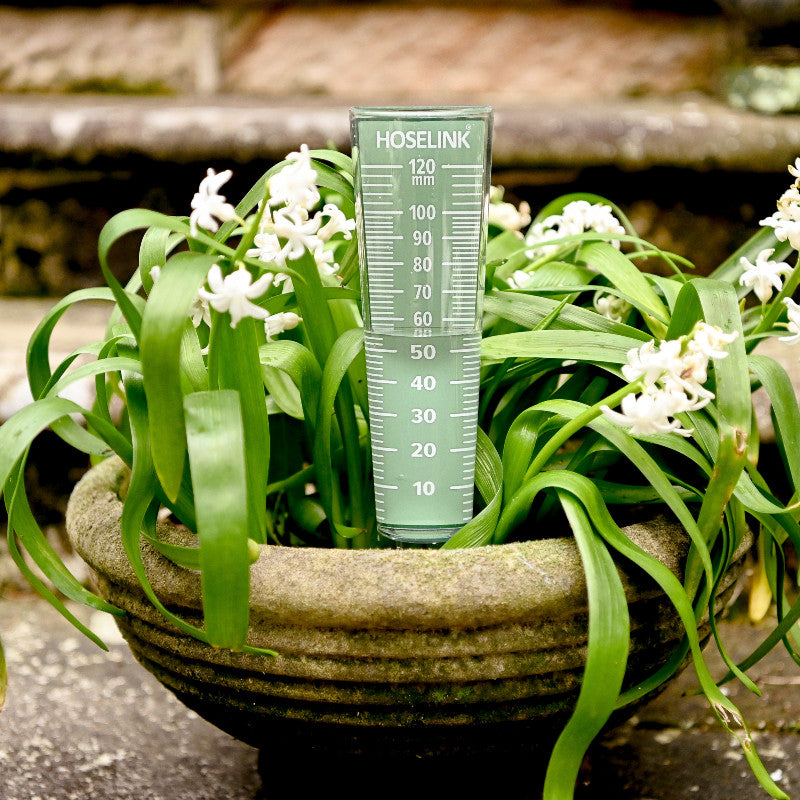How to Select the Right Rain Gauge for Reliable Precipitation Monitoring
How to Select the Right Rain Gauge for Reliable Precipitation Monitoring
Blog Article
Revealing the Science Behind Rainfall Gauges: Exactly How These Instruments Play a Critical Duty in Climate Study and Environmental Tracking
Rain determines, apparently straightforward devices, hold a profound significance in the realm of climate research study and ecological tracking. As we peel back the layers of this scientific veil surrounding rainfall gauges, we reveal a globe where accuracy, data precision, and thorough monitoring assemble to reveal a deeper understanding of our changing environment and its impact on the earth.
Importance of Rain Gauges
Rain gauges play an indispensable duty in surveillance and determining precipitation levels, giving crucial information for climate research and analysis. These tools are essential in evaluating the amount of rains that happens in a specific location over a specific period. By gauging and gathering rainwater, rainfall evaluates offer beneficial understandings into the circulation and intensity of precipitation, assisting meteorologists, hydrologists, and climatologists in recognizing weather condition patterns and fads.
One of the essential factors why rain determines are critical is their capability to offer localized and precise data. Unlike satellite or radar-based dimensions, which use broader monitorings, rain determines offer specific information details to the location where they are put. This localized data is important for numerous applications, including flooding projecting, dry spell tracking, and water source management. Additionally, long-term data accumulated from rain assesses aids in evaluating environment change effects and patterns, adding considerably to scientific research and decision-making processes. In significance, rainfall gauges act as important devices in the area of meteorology and environmental science, playing an essential role in advancing our understanding of weather condition and environment characteristics.
Kinds Of Rain Gauges

Functionality and Operation
In the realm of environment research and atmospheric researches, the performance of rain gauges lies in their intricate capability and specific functional systems. Rainfall determines are developed to accurately measure the amount of precipitation that drops over a details location during a collection period. These tools typically consist of a funnel that collects rain and channels it into a measuring tube. The gauging tube is marked with calibrated dimensions that permit the specific metrology of rains.
The performance of rainfall evaluates is based on the concept of measuring and collecting rain in a standardized fashion. This gathered information is important for understanding neighborhood weather condition patterns, tracking lasting climate patterns, and evaluating environmental influences. To guarantee exact measurements, rainfall gauges need to be purposefully placed in open areas far from blockages such as buildings or trees that could conflict with the collection procedure.
The operational element of rainfall determines involves routine upkeep to avoid debris build-up, calibration checks to preserve Get More Information measurement accuracy, and information recording for analysis (rain gauge). In general, the functionality and operation of rainfall determines are essential for collecting reputable rainfall data crucial to climate study and environmental tracking
Duty in Climate Study
Provided the critical significance of accurate rainfall measurements in recognizing weather condition patterns and environmental impacts, the duty of rain evaluates in environment study is important. Rain assesses provide crucial information for climate research study by measuring the quantity of rainfall that tips over a details area throughout a my company provided period. This data is important for keeping track of lasting fads in rainfall patterns, evaluating the impact of environment adjustment on rainfall distribution, and boosting environment models.

Environment scientists make use of information collected from rain evaluates to analyze variations in rainfall degrees, identify regional climate fads, and assess the performance of water source monitoring strategies. By contrasting historic precipitation information with present measurements, scientists can discover shifts in precipitation patterns, such as changes in the regularity or intensity of rainfall occasions. This details is important for understanding exactly how environment change is influencing precipitation characteristics and can aid policymakers make informed choices regarding adjustment and reduction techniques.
Applications in Ecological Monitoring

In flooding forecasting, rainfall scale information assists to track rains strength and circulation, allowing authorities to issue prompt warnings and take needed actions to reduce flood dangers (rain gauge). Dry spell surveillance depends on rainfall scale information to evaluate wetness levels in the soil and track rainfall shortages, assisting in the identification of drought-prone areas and the execution of dry spell feedback methods
Furthermore, rain gauge information plays an essential duty in water resource monitoring by supplying info on water availability and use trends. This data is used to make educated choices relating to water allowance, conservation measures, and lasting water resource planning. Furthermore, in agriculture, rain scale information assists farmers in enhancing watering routines, crop selection, and general farm management practices based on neighborhood rainfall patterns. Overall, rain evaluates are indispensable tools in ecological monitoring, offering important understandings that add to educated decision-making and lasting resource administration.
Verdict
To conclude, rain gauges are crucial tools for gauging rainfall, supplying valuable data for environment study and ecological surveillance. visit this site right here With numerous types and functionalities, rainfall gauges play a critical duty in understanding precipitation patterns and their effect on the environment. By properly measuring rainfall, these gadgets add to the development of scientific expertise and help in making educated decisions related to water resource administration and catastrophe preparedness.
Rain assesses play a crucial function in tracking and measuring precipitation degrees, giving vital information for environment research and analysis. The basic rainfall gauge, understood as the "tipping bucket" scale, is one of the most generally utilized tools. Ultrasonic rain gauges use audio waves to find the existence of rain, providing real-time information on rainfall degrees.Environment researchers utilize information accumulated from rainfall evaluates to evaluate variations in precipitation levels, recognize regional climate fads, and examine the efficiency of water resource administration strategies.In verdict, rain evaluates are crucial devices for determining precipitation, providing useful information for climate study and environmental monitoring.
Report this page